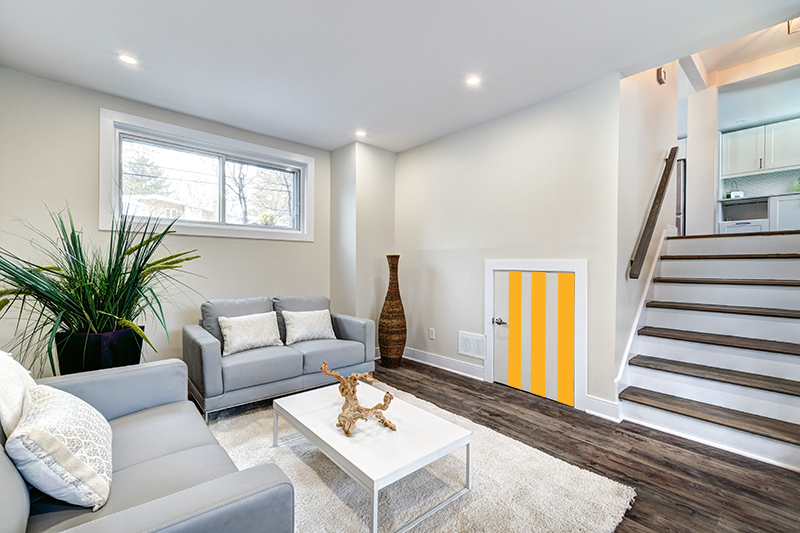November is Radon Action Month, when homeowners are reminded of the danger of elevated radon levels in the home and encouraged to test their homes for it.
Don’t know much about radon? No problem. We know there’s a lot you need to stay on top of as a homeowner, especially if this is your first home. But getting up to speed on radon, like making sure your smoke alarms and carbon monoxide detectors are in good working order, is critical to maintaining a healthy home for you and your family members.
There are plenty of online resources to help you learn more about radon, including Health Canada, takeactiononradon.ca and the Canadian National Radon Proficiency Program.
For now, here are eight quick facts to get you started:
- It’s a naturally occurring gas. Radon is formed by the breakdown of uranium found in rock and soil. It’s everywhere in our environment, and when it’s released from the ground into the open air it gets diluted to low levels that are not a serious health concern.
- All homes have at least some. When radon is released in the ground under homes, it can enter them through spaces in basement floors and foundations. All homes have radon, but some homes will have higher levels than others. Even homes that are next to each other can have very different levels, so don’t rely on your neighbour’s radon test results as an indication of how much there is in your home.
- High concentrations of it are harmful. Since it is a radioactive gas, exposure to high concentrations of radon over a long period of time can pose serious health risks to people. According to Health Canada, it’s the leading cause of lung cancer in non-smokers.
- The guideline is 200bq/m3. Radon is measured in a unit called a “becquerel” and, according to Health Canada, an indoor radon level that is above 200 becquerels per cubic metre is harmful to your health and should be addressed as soon as possible.
- You don’t know it’s there unless you test for it. Since radon is colourless, odourless and tasteless, there’s no way to know how much of it is in your home unless you conduct a radon test. Do-it-yourself radon test kits are available at most hardware and home improvement stores. You can also hire a professional who is certified by the Canadian National Radon Proficiency Program. Visit their website to find a radon professional in your area.
- Colder months are the ideal time to test. To get the most complete picture of how much radon is in your home, experts recommend testing during winter months when the ability for it to escape through open windows and doors is significantly reduced. Since tests can take months to complete, November is the perfect time to “take action” and start your radon test.
- There are ways to reduce it. There are a number of ways you can reduce the radon level in your home. For example, you can install a system that will direct radon from the ground beneath your home to the air outside, where it no longer poses a health risk. A radon mitigation professional can help determine the one that’s right for you.
- The new home warranty covers it. If your home is less than seven years old and a long-term radon test of at least three months indicates levels higher than 200bq/m3, there is help available for you. Your new home warranty provides radon remediation coverage for seven years from the original possession date, and the maximum coverage was recently increased to $50,000 for homes who have a signed Agreement of Purchase and Sale after February 1, 2021. Report the situation to your builder and Tarion on the applicable warranty claim form. Your builder is required to take appropriate measures to reduce the radon in your home to an acceptable level. And if your builder fails to take action, then Tarion will step in to help.
For more information about the warranty process for excessive radon, watch our video or contact us.
